
In The Walking Dead Deluxe #2, Kirkman shares the pitch he originally sent to Image Comics for The Walking Dead, created with Tony Moore. While there are several small differences from the eventual version fans know – like ‘Lori’ being ‘Carol’ and the Grimes family living in Pittsburgh – the big change is that Rick starts the story at home with his family, not waking up from a coma.
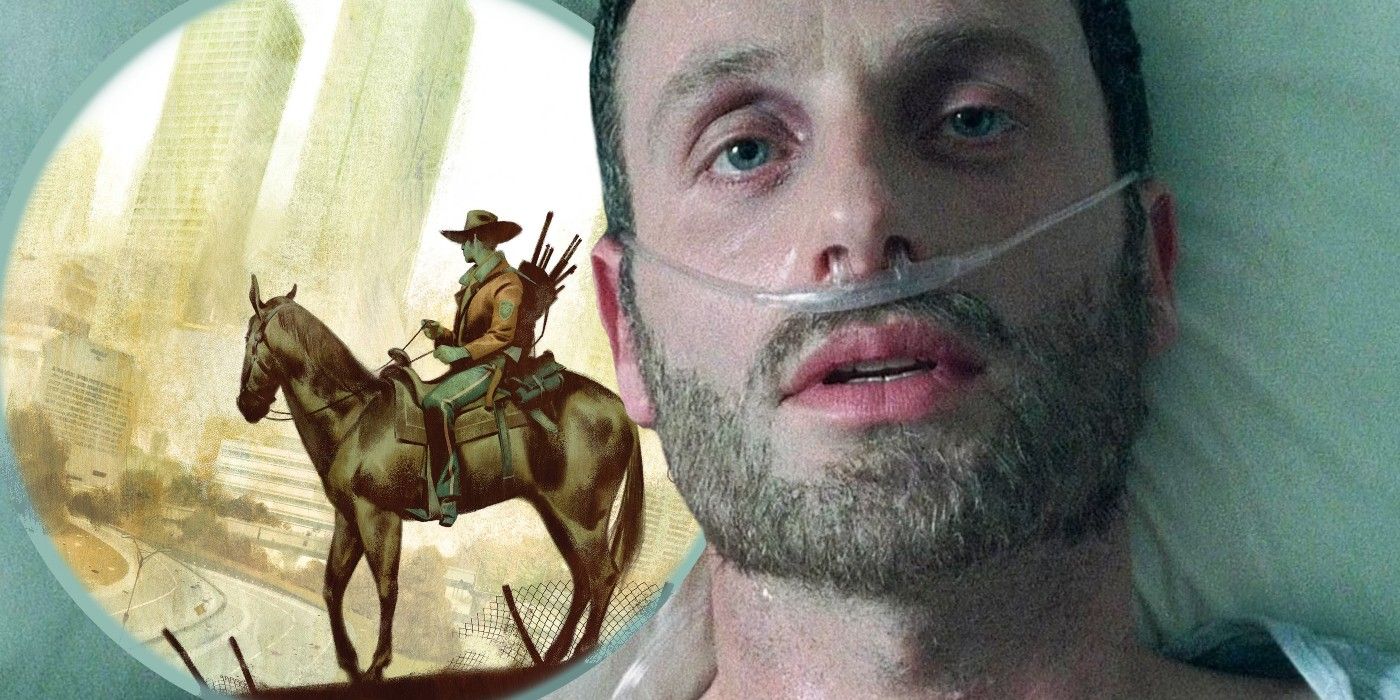
Kirkman admits Walking Dead‘s original opening “was terribly cliché, now that I look back on it.”
Rick Grimes’ Coma Didn’t Exist in Walking Dead’s First Draft
Carl and Lori Were There from the Start
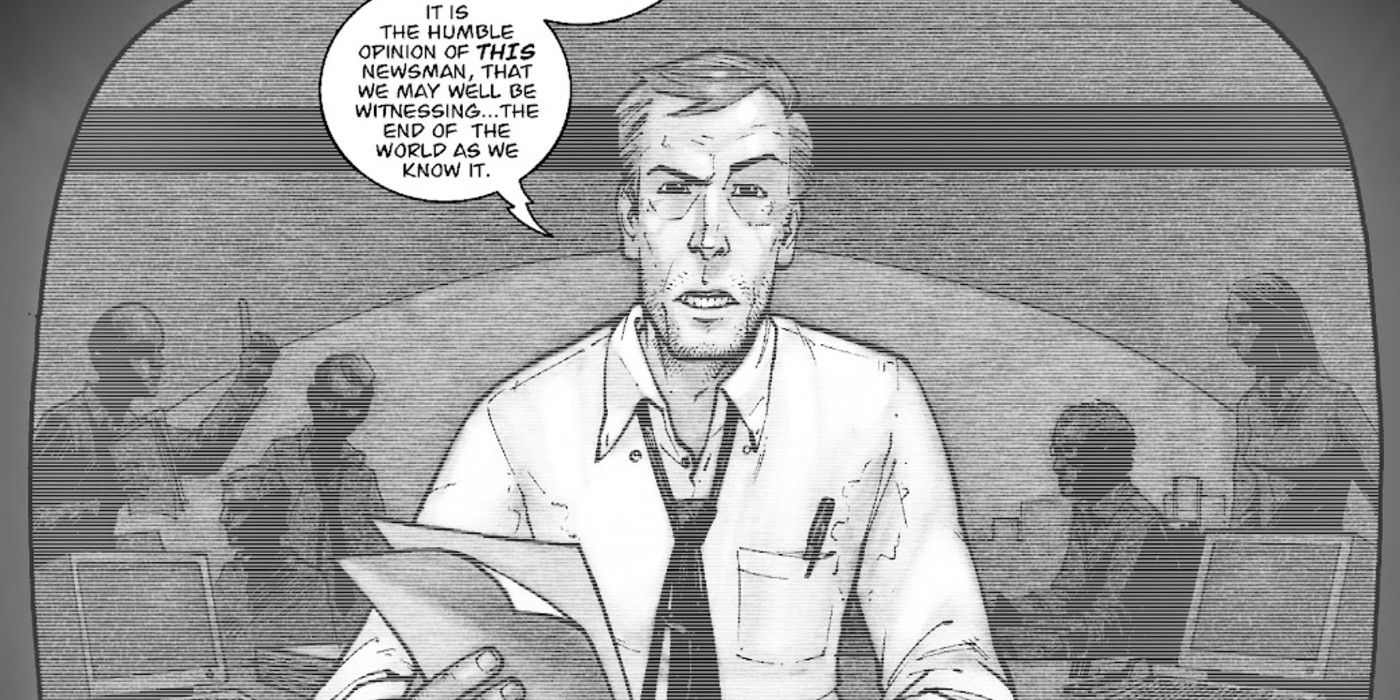
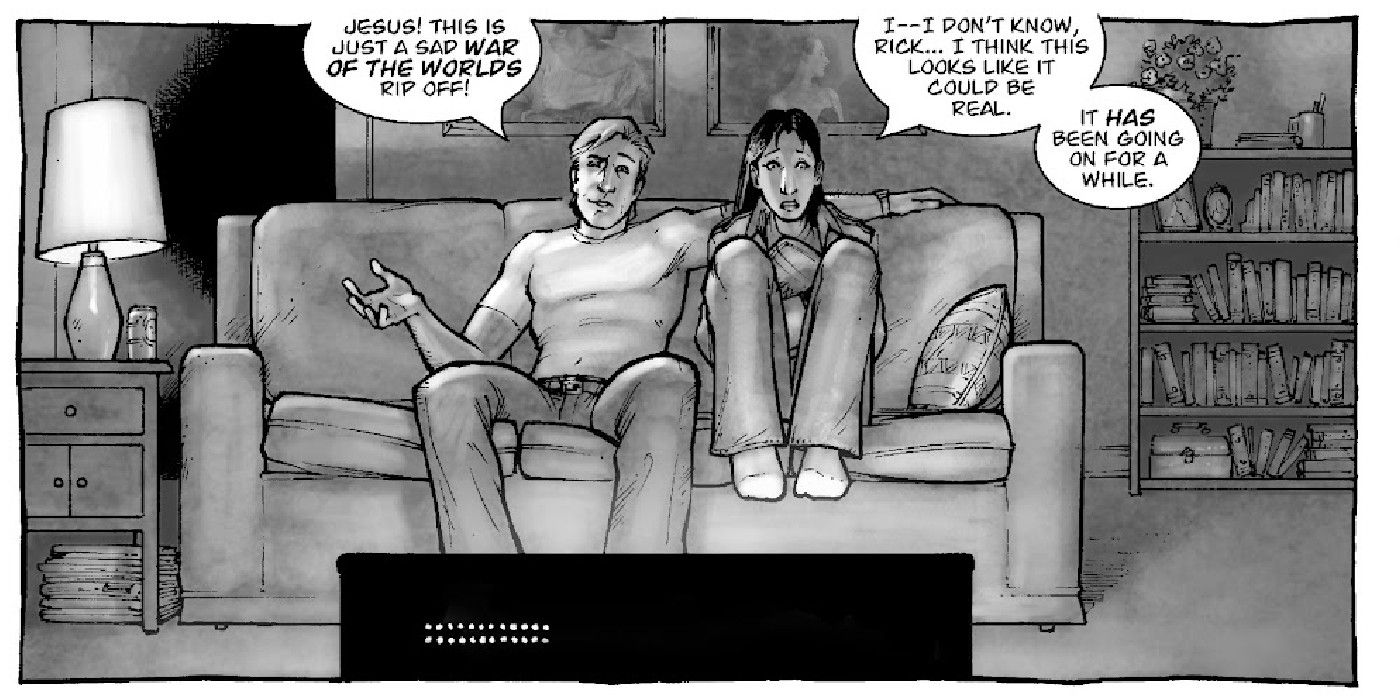
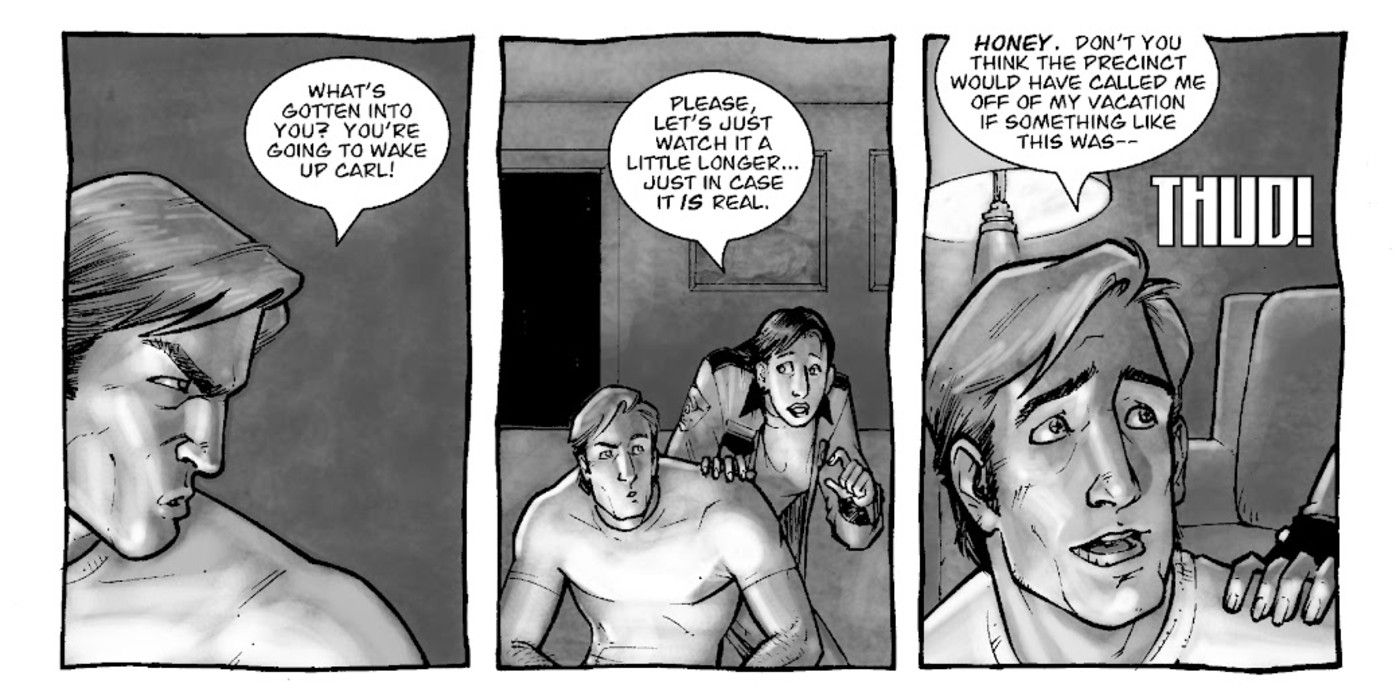
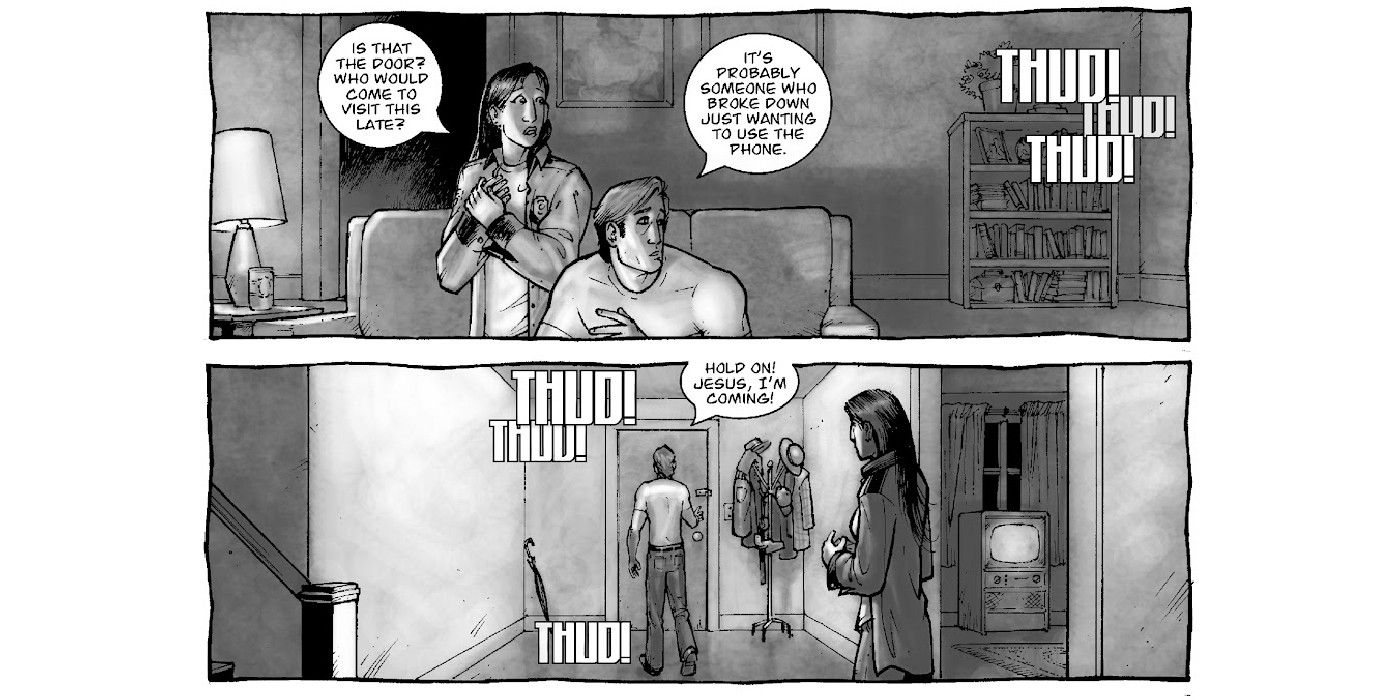
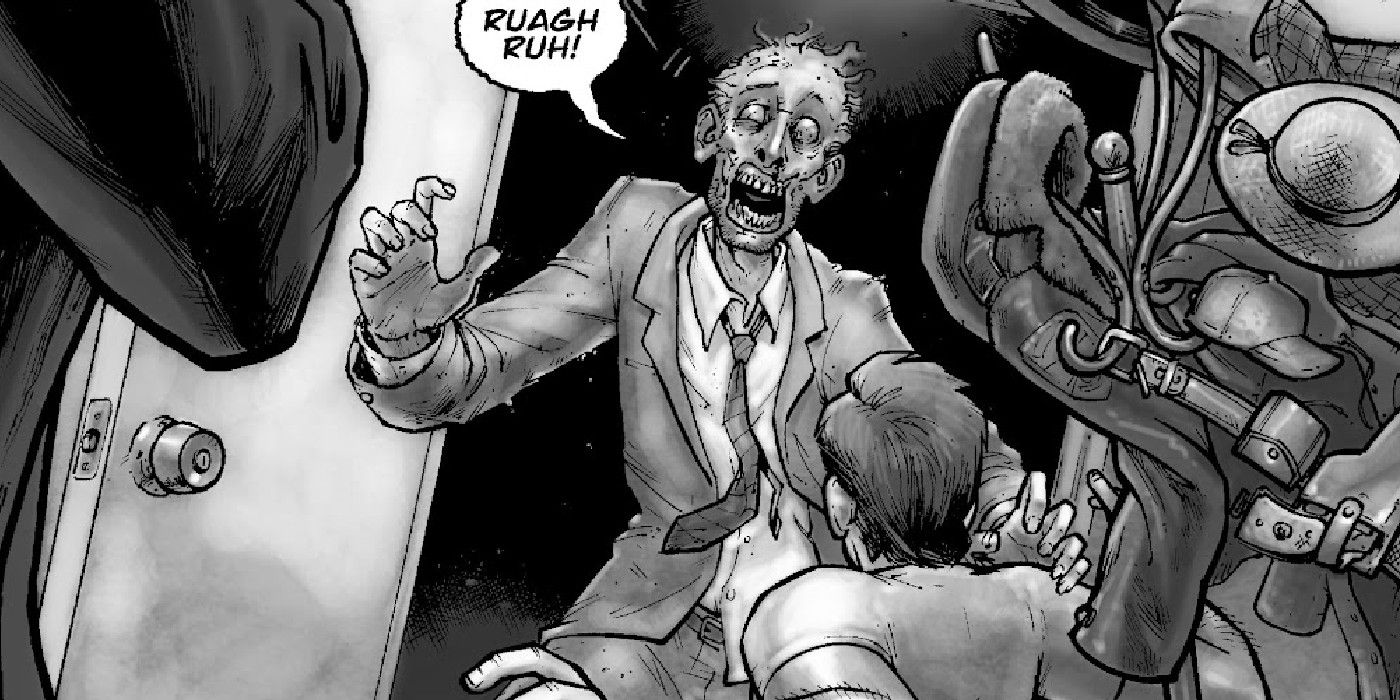
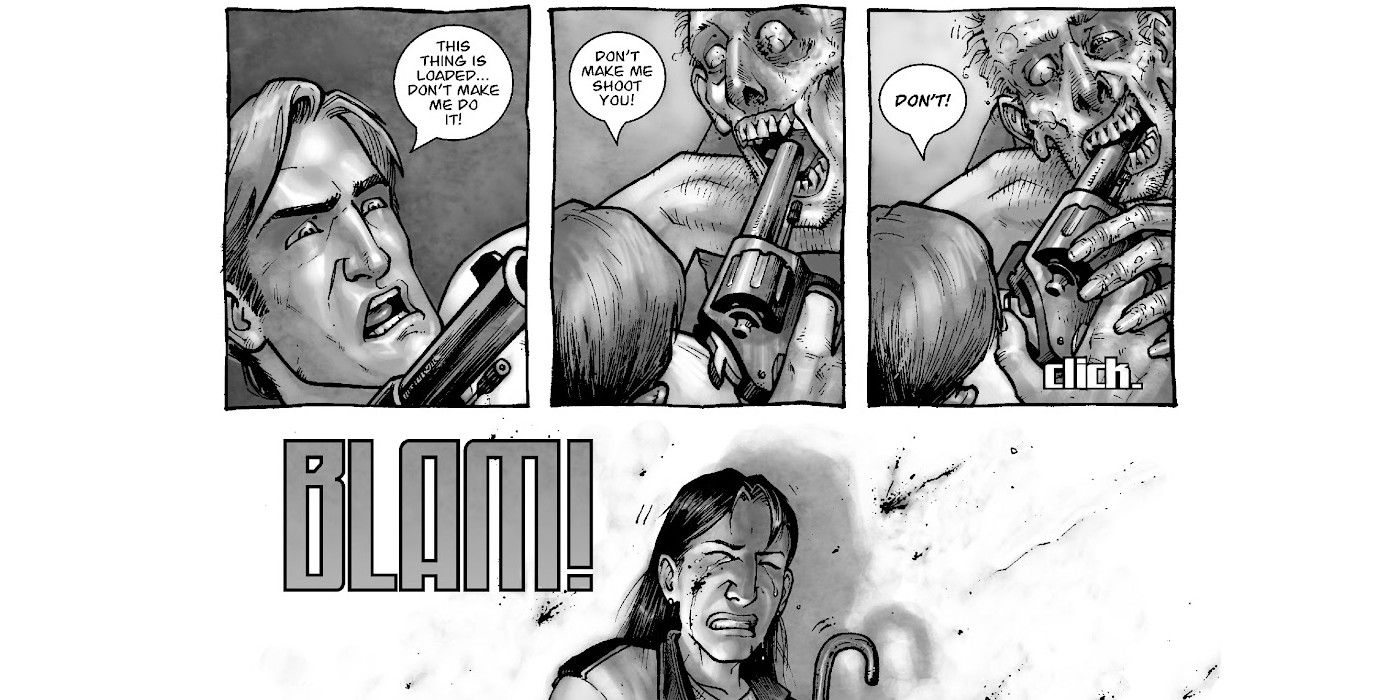






In the issue, Kirkman reveals that marketing director Erick Stephenson criticized the opening, saying it was “a lame horror movie opening.” He also admits, “it was terribly cliché, now that I look back on it.” The criticism got Kirkman to rethink the opening, leading to Rick’s coma and the iconic opening that TV and comic fans will remember forever.
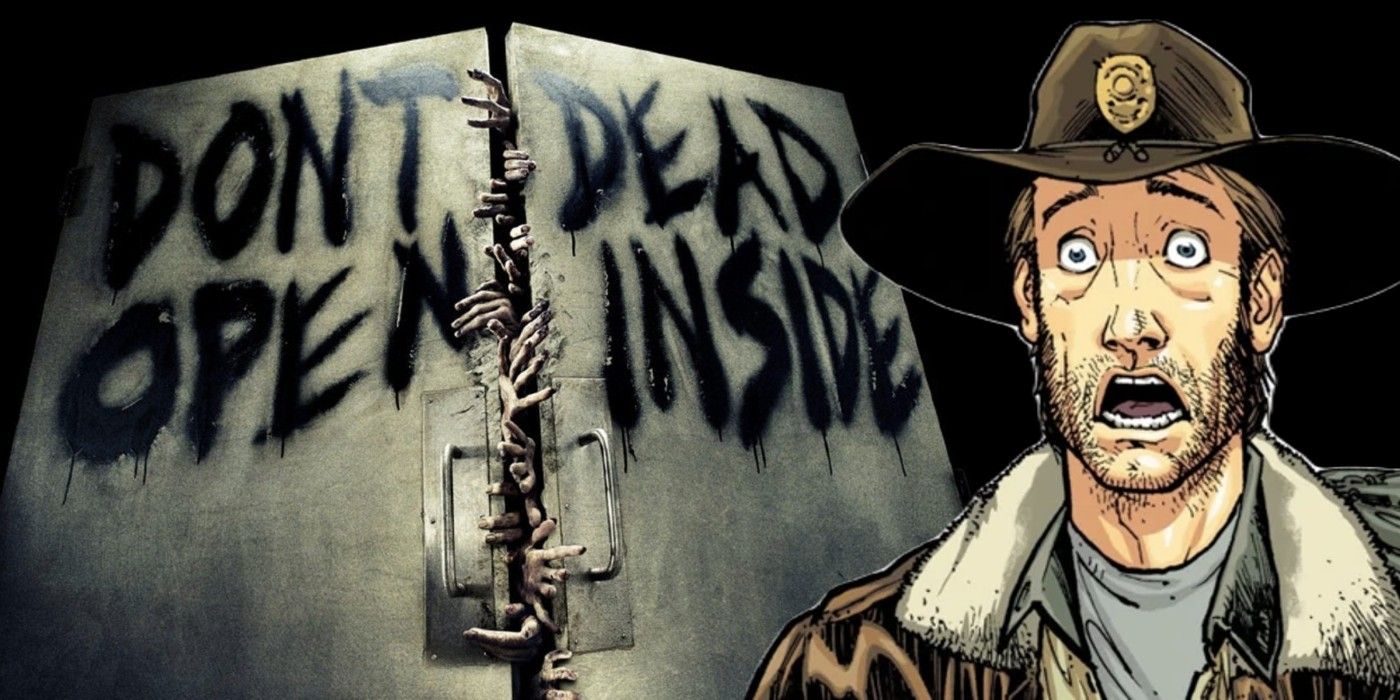
While some fans have speculated that Walking Dead was inspired by 28 Days Later – which also starts with its protagonist waking up in hospital, weeks into a ‘zombie’ plague – Kirkman has always said that he only saw Danny Boyle’s movie after Walking Dead began publication. There’s no reason to suspect otherwise, especially as even in Boyle’s case, it wasn’t a totally new idea – the classic 1951 novel Day of the Triffids opens with essentially the same concept.
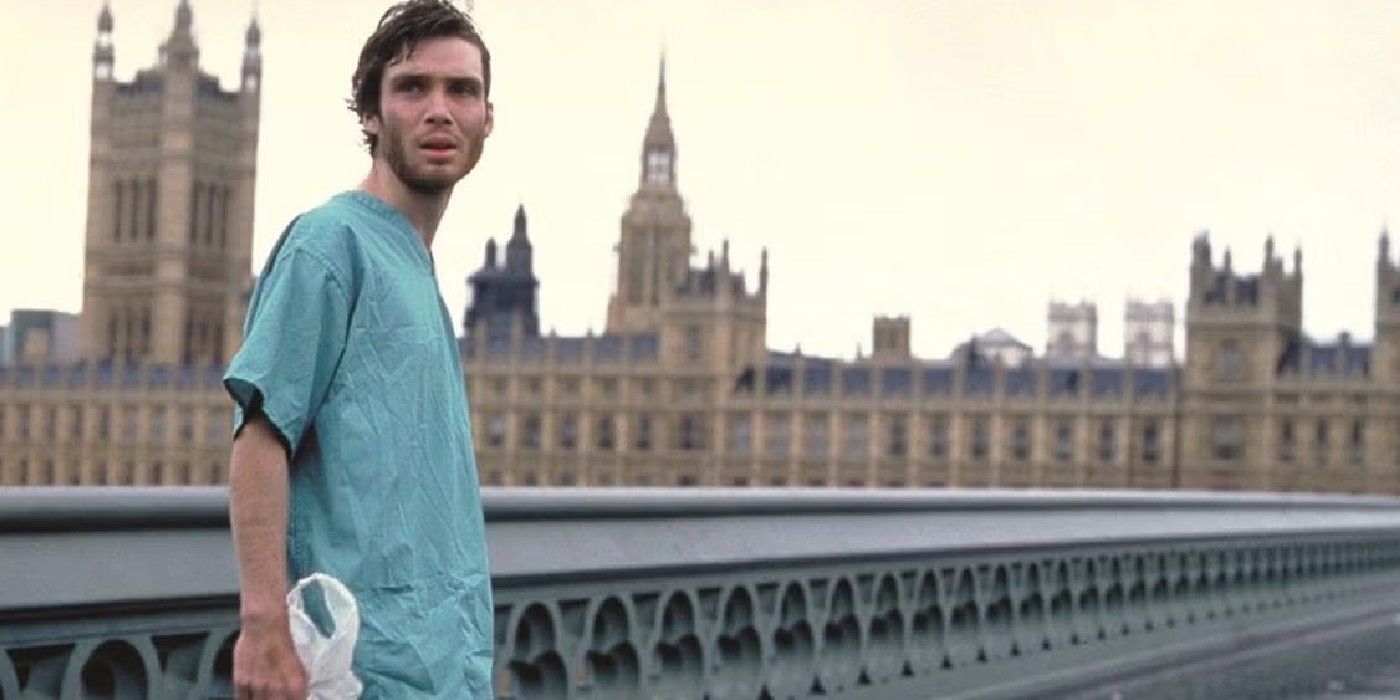
However, while adding Rick’s coma to the opening was clearly a good idea, the original idea has a lot more charm once you know the most likely reason Kirkman and Moore planned to use it…
Walking Dead Was Going to Tie Into George A. Romero’s Night of the Living Dead
The News Report Would Connect Comic and Movie
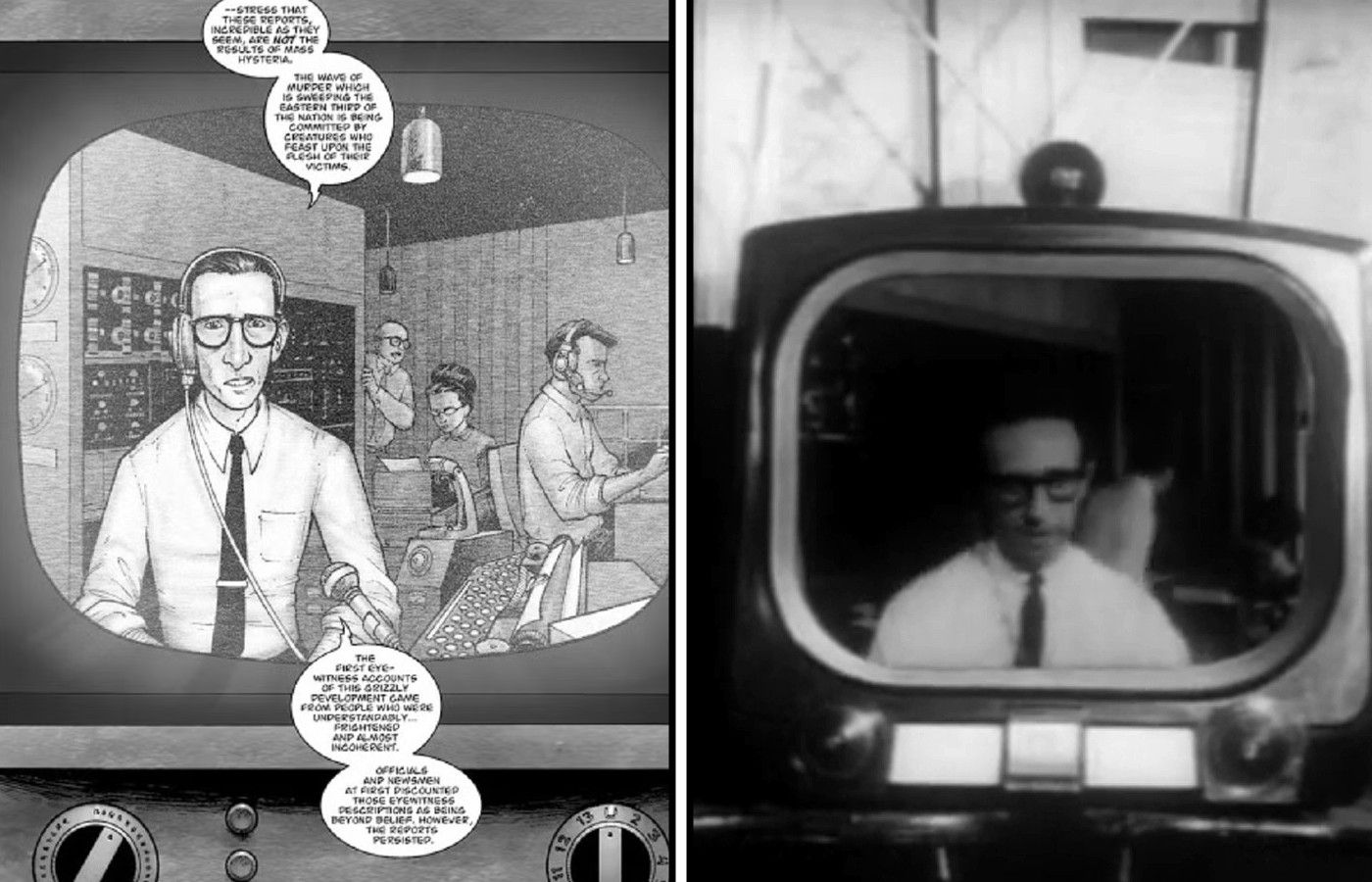
The most likely reason that Kirkman’s Walking Dead pitch began with a news report is that it was originally a tie-in to Night of the Living Dead. According to CBR, Walking Dead was conceived as a tie-in set in the same world as Romero’s iconic movie, taking advantage of the fact that the film had just entered the public domain. CBR even shared the original ‘news reading’ page, which recreates a moment from the movie.
Kirkman originally saw Walking Dead as part of a horror/sci-fi trilogy, swapping out zombies for other threats menacing the same characters.
This Was the First of Many Changes to Walking Dead’s Original Vision
From Killing Rick Early to Executing Negan
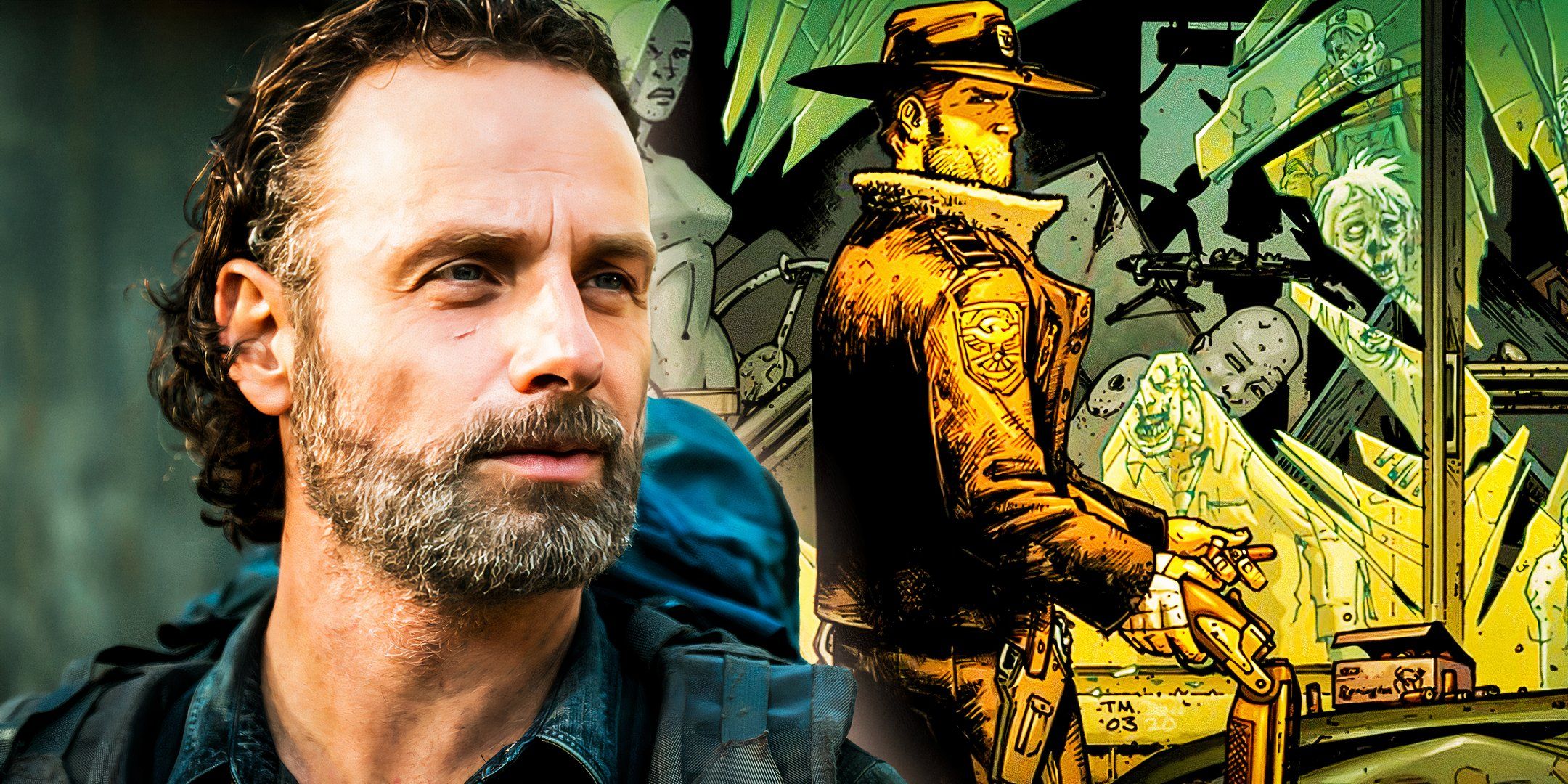

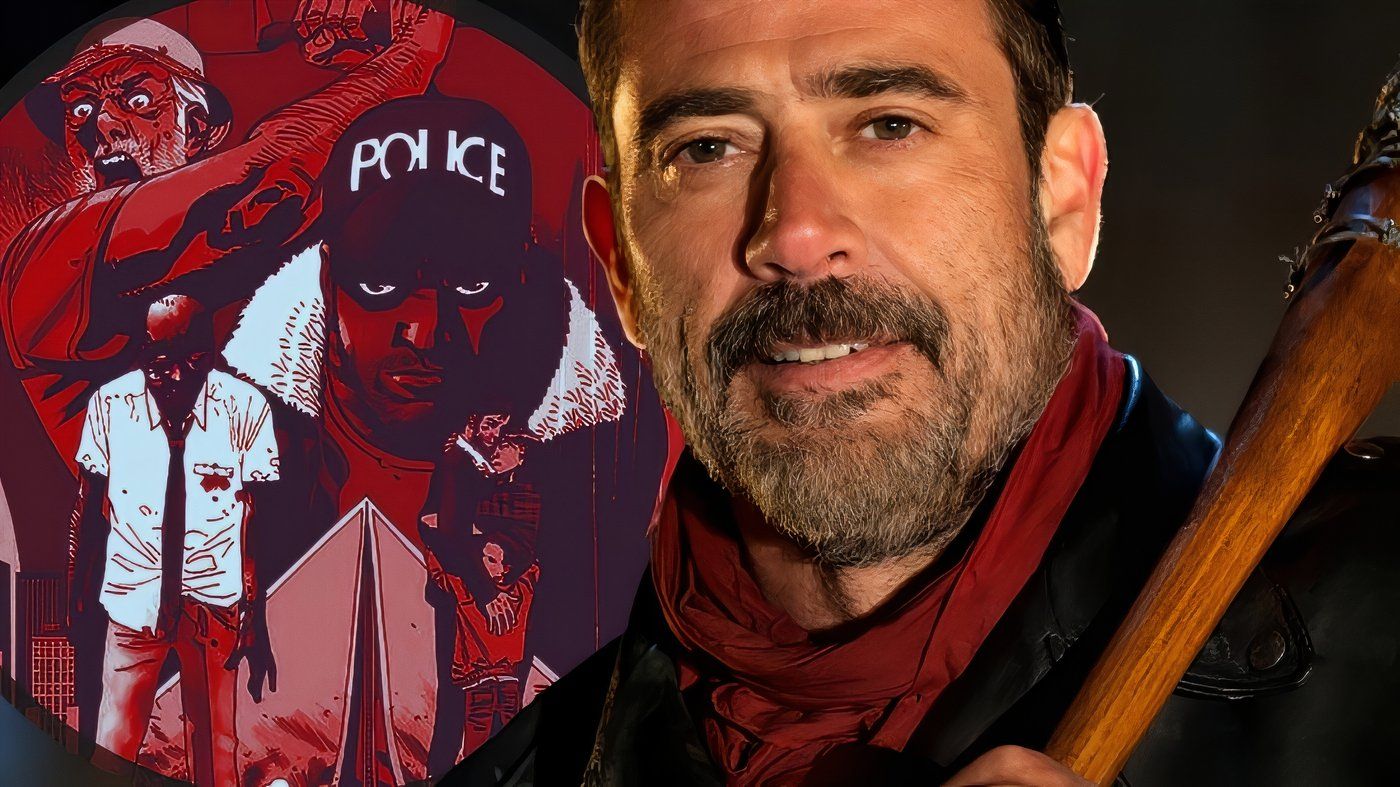
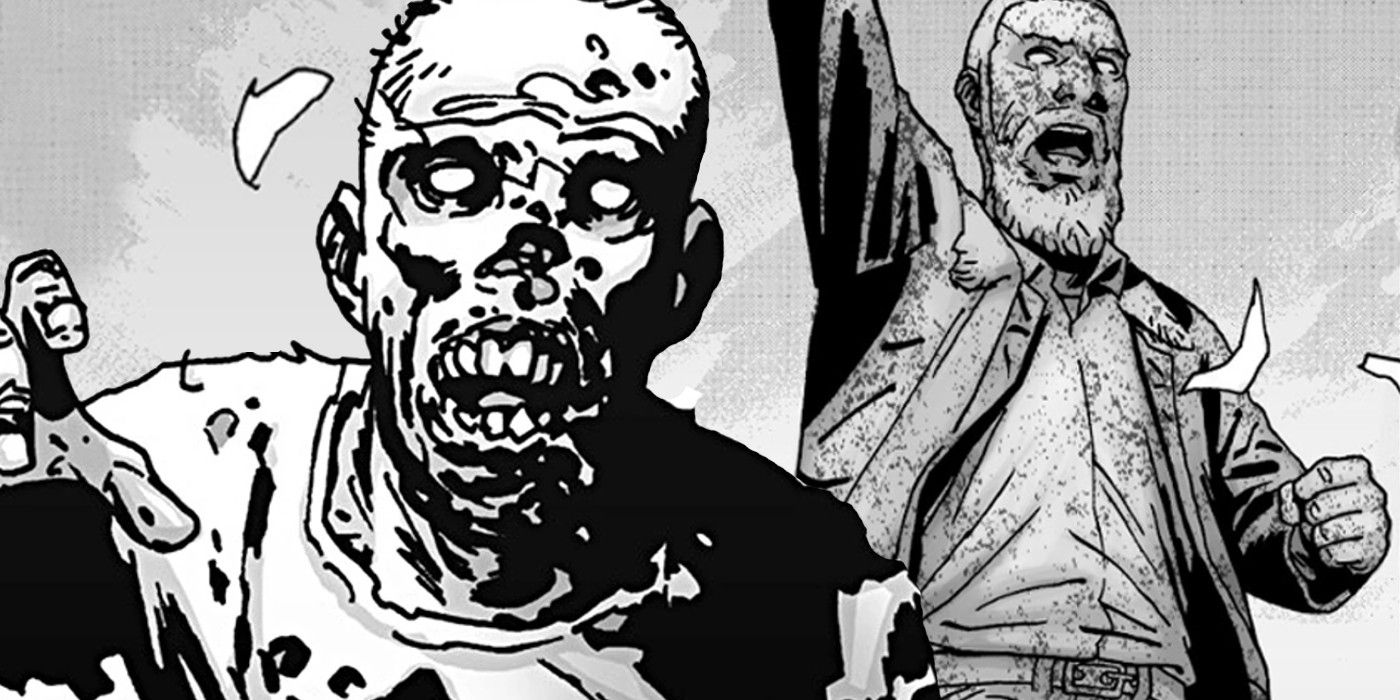
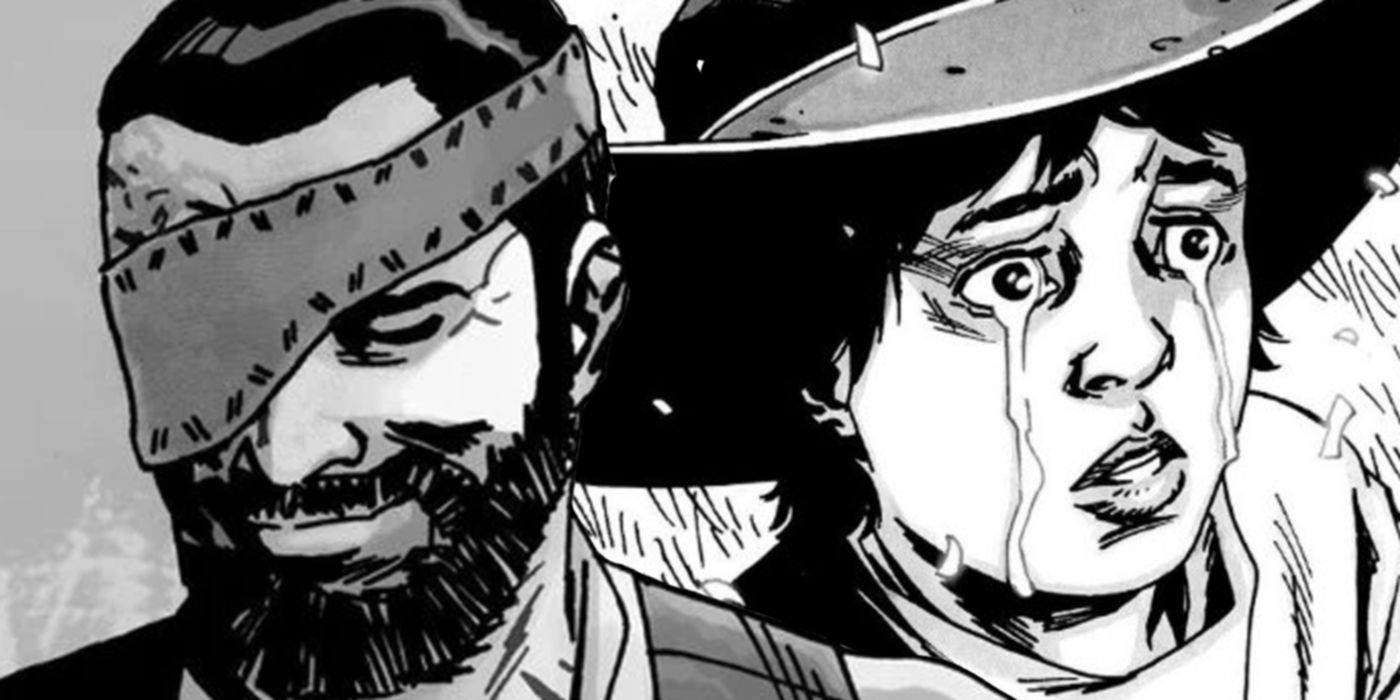





Kirkman may have saved Walking Dead‘s opening with a big change, but there were many more to come – from the events surrounding key characters to the whole purpose of the franchise. Kirkman originally saw Walking Dead as part of a horror/sci-fi trilogy, where three different ‘realities’ would see the same characters face very different threats, similar to Stephen King’s twin novels Desperation and The Regulators. Ultimately, Walking Dead was incredibly popular, running for years as “the zombie movie that never ends.”
Walking Dead was originally going to end with the zombies wiping out humanity, with Kirkman even telling Rick actor Andrew Lincoln this was the planned conclusion.
Kirkman also planned to kill Rick off early. Originally, the scene where Carl shoots Shane was going to go another way – Shane would have killed Rick in an argument about Lori, with Carl then taking over as the comic’s main character. Other changes came from Charlie Adlard, who drew most of the comic series after Tony Moore’s opening issues. Adlard told Kirkman that while his idea of Maggie killing Negan in revenge for Glenn’s murder would work, it would be far more interesting to leave him alive and see him won over by Rick’s philosophy.
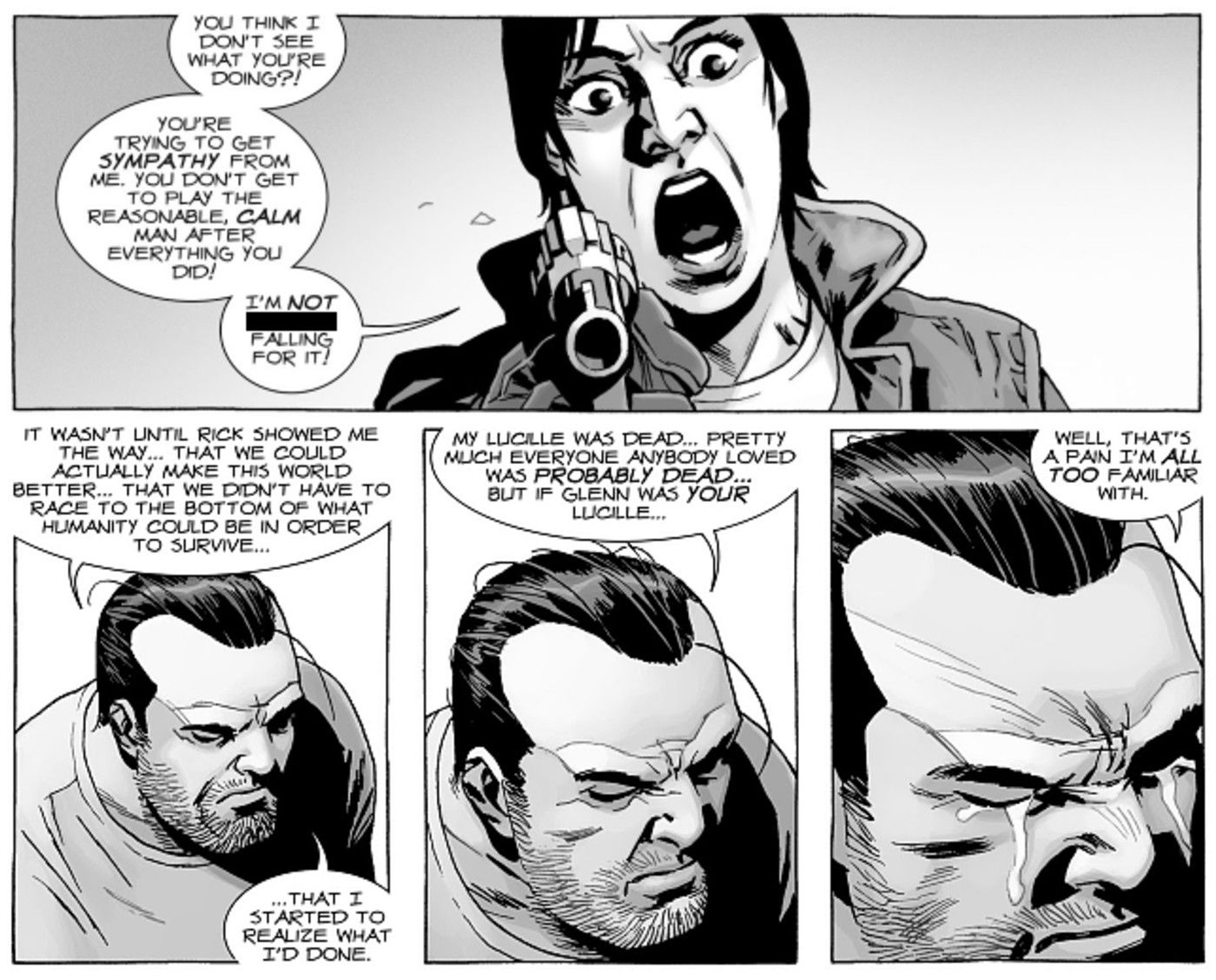
Every beloved pop culture property has at least one moment where it was almost completely different, but few can match the journey Walking Dead took from its original pitch to the version fans got.





